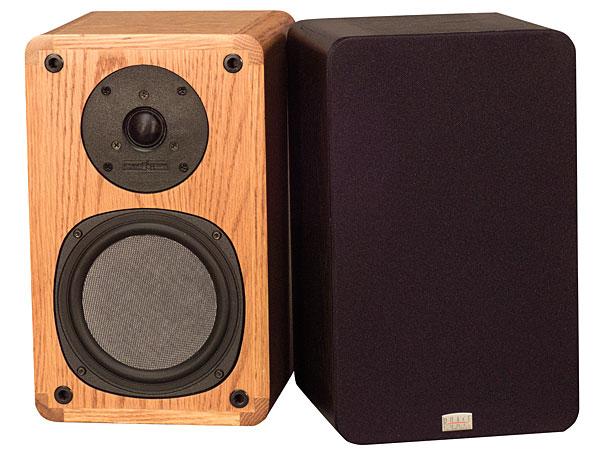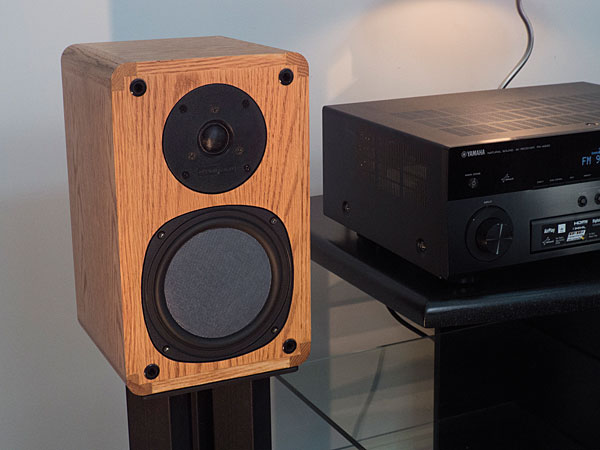| Columns Retired Columns & Blogs |
Robert,
I wish all reviewers more frequently applied these kind of descriptions for great gears. (maybe someday a brainwave-based testing and reporting machine connected to reviewer's head will auto-generate these phrases).
..."ability to render hall sound"
..."air, hall sound, ambience, drama. I feel like I'm in the room with the musicians."
..."as realistic through the PC60 CAs as when I last saw Café Tacuba in concert."
..."gave well-recorded instrumental solos a high level of realism."
What was the room dimension when you tested these PC60 CA's? and what is the recommended font/side-wall distance for their optimum performance? (how close can they be placed to the front/side walls?)
Thanks for an enjoyable review!
Regards, Babak
Founder, www.Hi-Reality.com








































